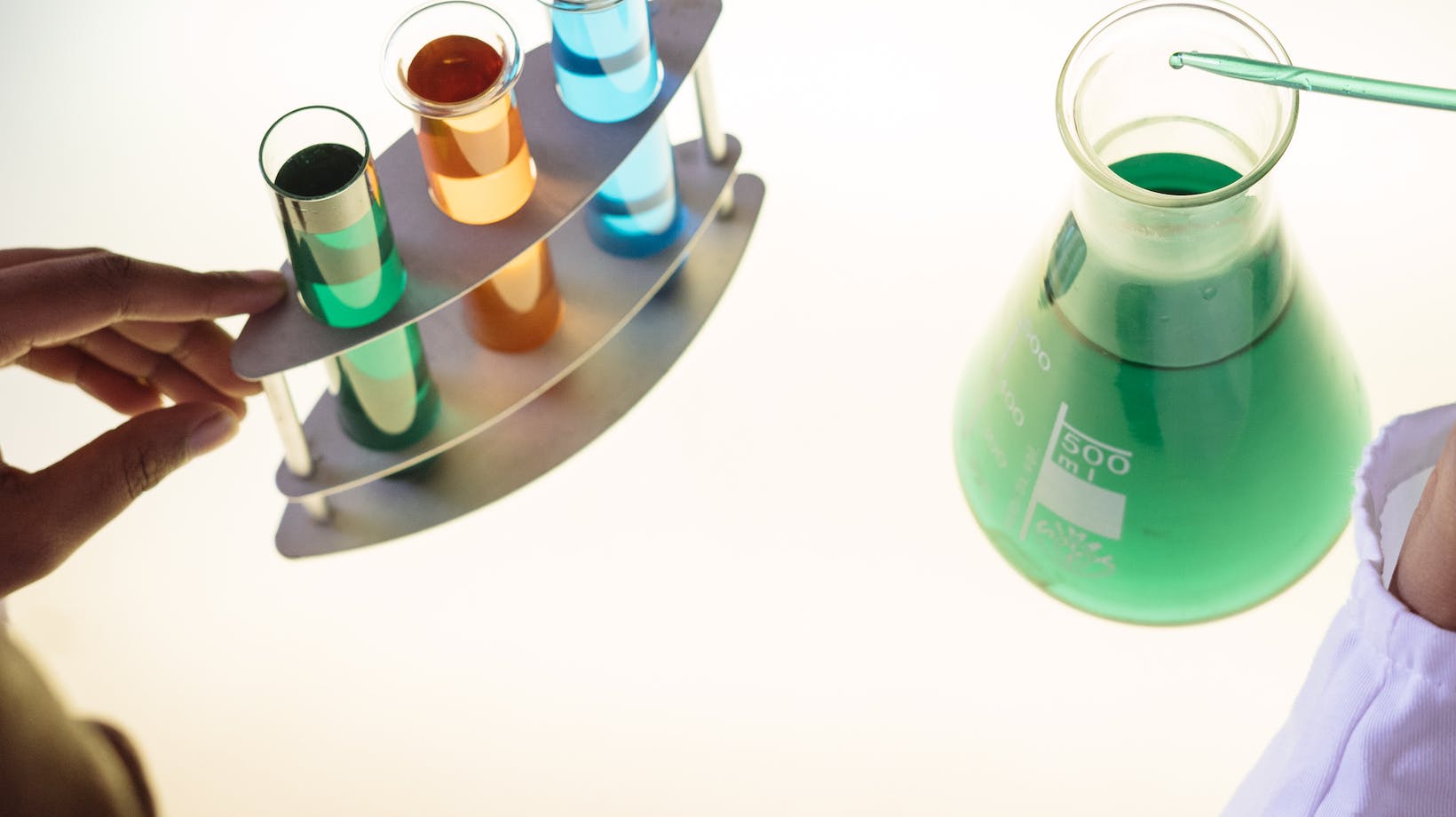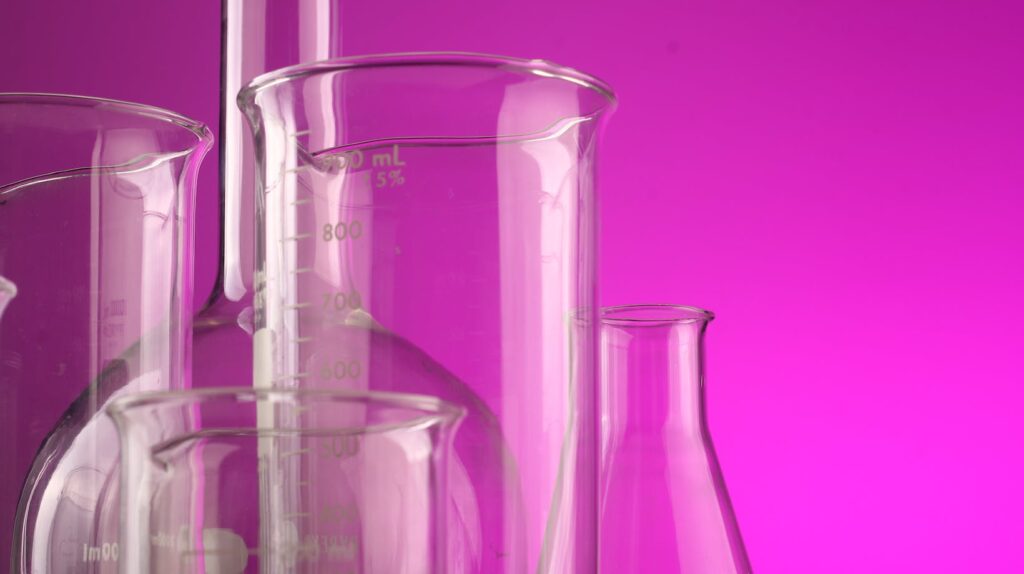What is a Dehydration Reaction?
A dehydration reaction refers to a type of chemical reaction that involves the removal of a water molecule from a compound. This process results in the formation of a new compound that differs in structure and properties from the original. Sometimes referred to as condensation reactions, they are significant in diverse biological and chemical transformations.
During a dehydration reaction, a hydroxyl group (-OH) and a hydrogen atom (-H) are removed from two different molecules or two parts of the same molecule. The removed elements then combine to form water (H2O), leaving the two remaining parts to be linked by a covalent bond. The reaction typically requires a catalyst to increase the reaction speed without itself undergoing any permanent chemical changes.
Types of Dehydration Reactions
Dehydration reactions can be classified into several types, depending upon the nature of the compound involved and the conditions under which the reaction takes place.
- Intermolecular Dehydration Reaction: Here, water is removed from two different molecules causing them to bond together. This is common in the case of alcohol dehydration, where two alcohol molecules bond together to form a compound called ether.
- Intramolecular Dehydration Reaction: This reaction involves the removal of water within a single molecule, leading to the formation of a different compound. This is often seen in organic chemistry, specifically when forming cyclic compounds.
- Enzyme-Assisted Dehydration Reaction: Enzymes, nature’s catalysts, play a crucial role in biological dehydration reactions where they help in the formation of polymers from monomers by removing water. An example of this reaction can be seen in photosynthesis.
So, understanding dehydration reactions and their types provides deeper insight into the world of chemistry. Students and curious individuals, who are interested in learning about this topic, will find that these concepts are at the core of many biological, chemical, and environmental transformations.

Which of the Following Chemical Equations Describes a Dehydration Reaction
Delving deeper into the realm of dehydration reactions, we’ll explore the two widely known examples: the dehydration of alcohol and carboxylic acids. The narratives encapsulate extracts from biology and the chemical industry, demonstrating the varied and vital ways these reactions impact our world.
Dehydration of Alcohol
Alcohols play a significant role in the chemistry universe through dehydration reactions, extensively involving themselves in the production of biofuels. When a catalytic acid introduces itself to an alcohol, it experiences a dehydration reaction and becomes an alkene, a beneficial compound in creating biofuels.
This dehydration is a two-step process. During the first phase, the alcohol loses a molecule of water to form a carbonium ion. In the second stage, the carbonium ion loses a proton to produce the final alkene. It’s easy to understand yet exhibits the complex and essential transformation via dehydration.
Let’s exemplify this with the dehydration of ethanol to ethene:
| Step | Equation |
| 1. | CH3CH2OH + H2SO4 → CH3CH2OH2 + → HSO4^- |
| 2. | CH3CH2OH2 + → CH2CH2 + H2O |
In this table, Step 1 is the formation of the carbonium ion and Step 2 is the conversion of the ion to alkene, illustrating the stages of dehydration.
Dehydration of Carboxylic Acids
Moving onto carboxylic acids, they’re another key participant in dehydration reactions, specifically in the manufacturing of plastics. When heat or a catalyst acts on carboxylic acids, a water molecule is eliminated, forming an anhydride.
This process again occurs in two stages: first, the formation of acylium ion by losing a water molecule; second, the linking of two acylium ions to form an anhydride. The fascinating underpinning of this reaction is that it vividly showcases how common items like plastics start their journey in the lab.
For a more in-depth understanding, let’s look at the dehydration of acetic acid to acetic anhydride:
| Step | Equation |
| 1. | CH3COOH → CH3CO + H2O |
| 2. | 2 CH3CO → (CH3CO)2O |
In the application-driven world of chemistry, the art and craft of dehydration reactions open doors to unleashing the potential of various compounds. In the subsequent sections, we’ll probe more into the multifaceted aspects of these reactions.
Dehydration reactions are pivotal in chemistry and industrial applications. Controlling factors like temperature and using catalysts can greatly enhance their efficiency. It’s essential to strike a balance in temperature regulation for rapid production without compromising quality. Catalysts, too, play a significant role, boosting the output of these processes. By understanding and optimizing these factors, we can propel advancements in the field of chemistry and its industrial applications. This knowledge isn’t just theoretical – it’s a practical tool to improve manufacturing processes and product quality.


More Stories
Safe Online Entertainment for Residents of Voorne-Putten
Strategies To Boost Your Website’s Visibility Using High-authority Platforms
Breaking Down the Appeal of Non-GamStop Betting Sites